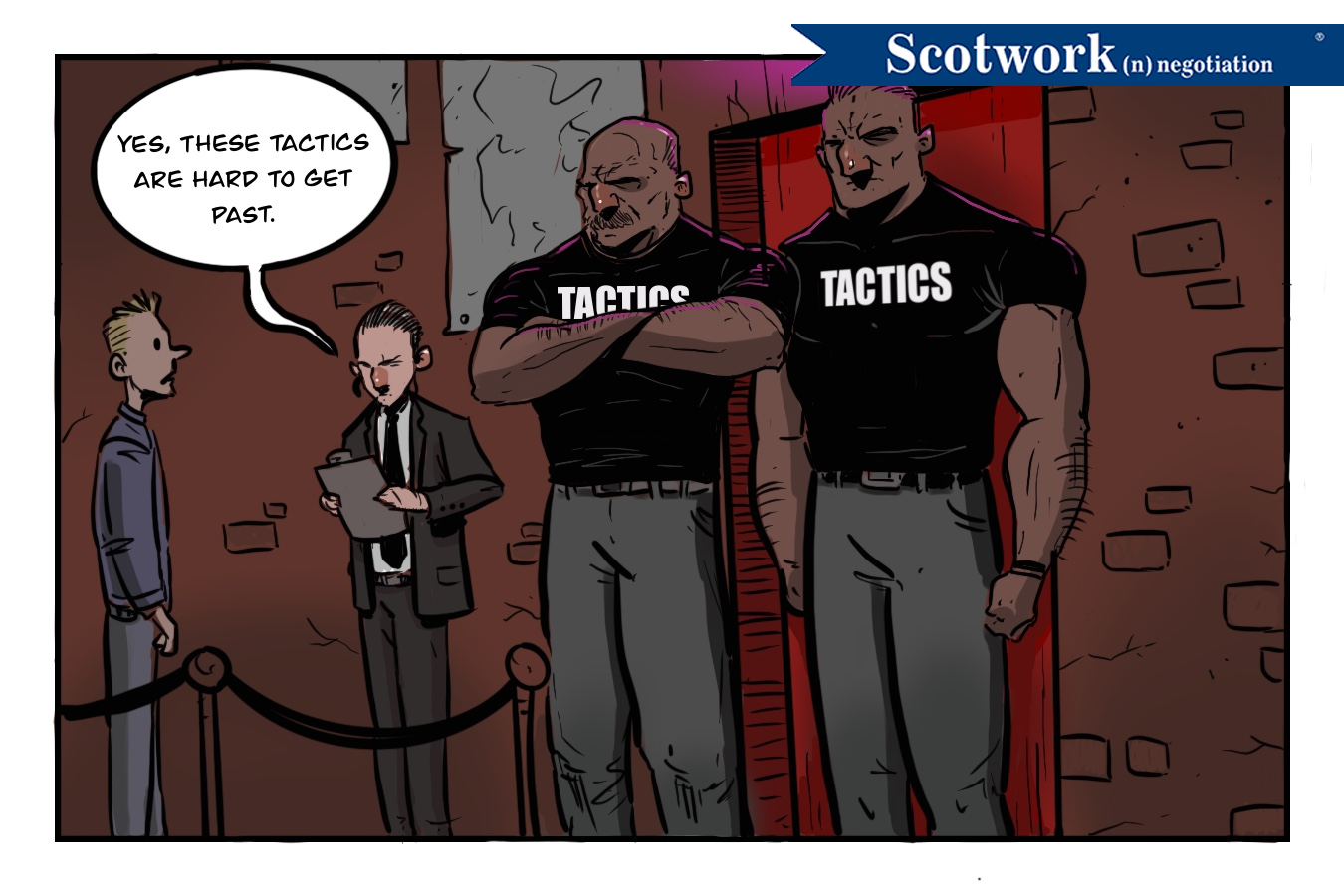Years ago, I was growing frustrated with how a negotiation was going with my newly acquired client. My team and I had a great relationship with the brand’s CMO and marketing team. However, once we determined the scope with the CMO, we were forced to negotiate the deal with someone from sourcing. We were no longer allowed to talk to the CMO or the marketing team, even though the sourcing person kept saying they had to consult with them before making a decision. Add to that, the sourcing person was not sharing a lot of information, yet they kept telling us that we were the most expensive option they had, and we had to “sharpen our pencil.” We were stuck.
The sad part, for me, is that I’d been in that situation more times than I could count. Far too often, we would go from having a great, collaborative conversation with our primary contact, only to find ourselves in a competitive negotiation with someone else to get the deal done. By the time the paperwork was signed, we would find ourselves questioning the relationship and wondering why we did the deal in the first place. What I didn’t know then — and what I do know now — is that we’re not alone.
These are common tactics among buyers. We surveyed buyers and procurement professionals, asking them to stack-rank a number of tactics that they use on a regular basis. Not surprisingly, the top four tactics are:
- Referring to a high authority (72%)
- Refusing to share information (67%)
- Claiming that others charge less (62%)
- Restricting access to decision-makers (56%)
The first question you might ask is, “why do they do this?” The simple answer is that these tactics can be effective at controlling a negotiation and forcing concessions from the other side. Most procurement professionals are measured by cost reduction, cost avoidance, and speed to contract. These tactics help to achieve those goals — in particular, the cost targets. In addition, they’re easy to execute. However, overusing or misusing these tactics can also waste time, derail a negotiation, and destroy relationships.
My personal opinion is that there are better ways to control a negotiation and gain concessions that lead to better results, in a shorter time, while preserving relationships. For instance, instead of referring to a higher authority or restricting access to decision-makers, make them part of the process. That requires planning and coordination, but when everyone on your side of the negotiating table is aligned and following the same direction, they become powerful assets, helping to expedite the negotiation and preventing the destruction of relationships with the other side. Combine that with effective information-sharing, and you can eliminate the guesswork, driving toward your results faster and with better outcomes. I find procurement teams that behave in this manner are far more powerful and effective than those that overly rely on the most common tactics.
If you find yourself in the position that I was in, there are a few things that you can do to help you get through it or avoid it altogether.
- Get clarity on the decision-making process early on. This is very helpful to do with your primary contact (in my situation, that was the CMO). Understand who’s going to be involved and what the process will be. Seek to keep your primary contact involved throughout that process. This will ensure that you maintain your access and minimize surprises during the negotiation.
- Be prepared to trade information when they restrict information. The buyer is going to need information from you too. So, when they start to restrict information, you should start trading for information. Offer information they need from you in exchange for information you need from them.
- Ask for the basis of all claims made. If you’ve done your homework, odds are that you know how you rank against your competitors. Therefore, when you’re told that “you’re the most expensive” or “others charge less,” don’t just take their word for it — ask for the basis of their claim. If they don’t have an answer or they refuse to support their claim, chances are it’s just a tactic.
In my story, we finally got a deal done, but it was nowhere near the scope of work that the CMO and I had arranged. The relationship started off in a funk because the negotiation had turned ugly. Unfortunately, we didn’t keep that client very long. The CMO wanted the results from the scope that we had talked about, but there was no way we could get there given the “pencil-sharpening” that we were forced to do during the negotiation. In the end, everyone lost.
We Can Help You Manage Tactics Used by Buyers to Control a Negotiation.
Have you ever begun a negotiation with a great, collaborative conversation with your primary contact, only to find yourself in competitive talks with someone else to actually get the deal done? And by the time it was done, did you find yourself questioning the relationship itself, wondering why you did the deal in the first place? We can help! Drawing on 45 years of real-world negotiating experience, we’ll assist you with getting better deals, saving time, and creating value for all involved — not to mention preserving and even strengthening relationships. Let us partner you with one of our advisers, ensuring that you’ve got the broadest view of your deal.

